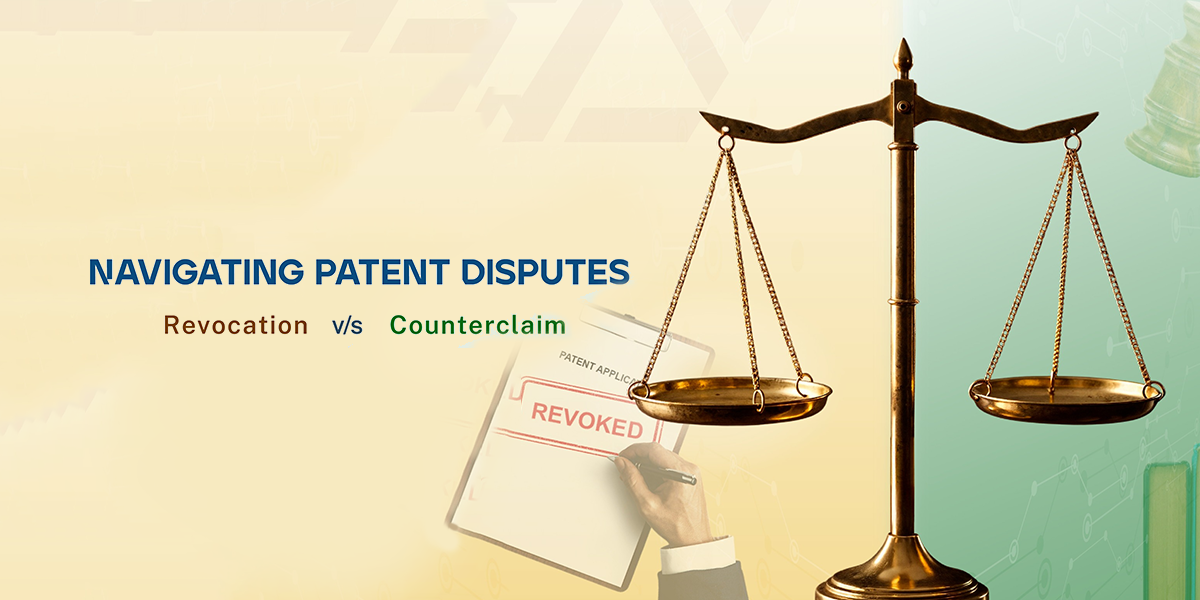
In the high-stakes arena of innovation, patent disputes are more than legal scuffles, they are strategic battles that shape India’s intellectual property landscape. When someone is accused of infringing on a patent, it has a few options to fight back. Two key remedies under the Patents Act, 1970, are filing a revocation petition and a counterclaim for revocation in an infringement suit. Though these remedies may appear similar, a landmark Supreme Court case, Aloys Wobben v. Yogesh Mehra, drew a sharp line between them. The verdict made it clear: a party cannot deploy both strategies against the same patent. This distinction isn’t just procedural, it’s pivotal in determining how patent battles unfold in Indian courts.
Today, we will break down the court’s analysis and offer a simple guide on which route to choose and when.
The Patents Act, 1970 provides different ways to challenge a patent’s validity.
In the Aloys Wobben case, the respondents had filed 19 revocation petitions with the IPAB and later, when the appellants filed infringement suits, the respondents also filed counterclaims to revoke the same patents. The Supreme Court had to decide if this simultaneous use of remedies was permissible.
The Supreme Court held that the word “or” in Section 64(1) of the Patents Act is disjunctive. This means a party cannot avail of both the revocation petition and the counterclaim remedies for the same purpose at the same time. A person must choose one of the two remedies.
The court’s decision was based on a fundamental principle of civil procedure: a counterclaim is essentially an independent suit. Just as you can’t file two separate suits for the same cause of action, you cannot pursue both a revocation petition and a counterclaim for the same patent. This prevents parties from pursuing the same issue in multiple forums, which would be inefficient and lead to conflicting decisions.
But, now the key decision awaits – which route to choose and when to make the move?
The timing of the legal actions is crucial in determining which remedy is available. The court’s ruling provides a clear sequential guide, i.e.,
This principle ensures that the validity of a patent is adjudicated by a single authority and avoids a situation where a party can pursue multiple, overlapping challenges in different forums.
Conclusion:
Patent litigation is a complex and high-stakes arena where procedural precision and strategic foresight are paramount. The interplay of legal actions such as revocation petitions and counterclaims requires a deep grasp of intellectual property law, as even the timing of a filing can determine jurisdiction and outcome. Each decision carries weight, and missteps can close off critical legal avenues, making it essential to approach every step with clarity, expertise, and a thorough understanding of the legal landscape.